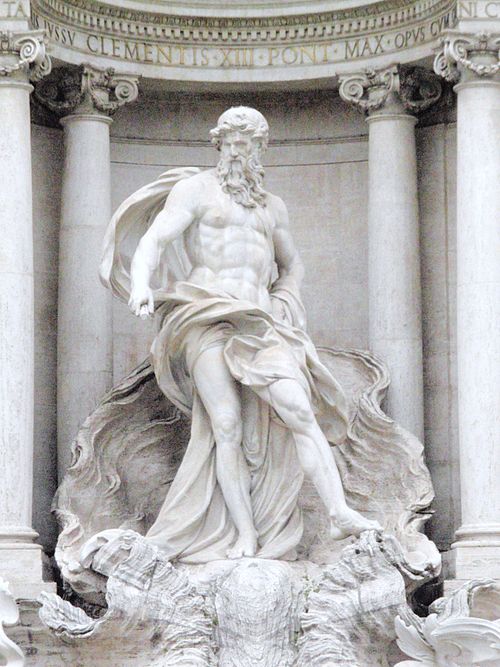Facts for Kids
Oceanus is a Titan god in Greek mythology, embodying the vast and encircling ocean that nourishes and sustains life.
Overview
Conservation Efforts
Cultural Representations
Exploration And Discovery
Mythological Significance
Oceanus In Modern Science
Oceanus In Ancient Literature
Impact On Climate And Geography
Physical Characteristics Of Oceanus

Inside this Article
Hydrothermal Vents
Ferdinand Magellan
Personification
Ancient Greece
Climate Change
Ancient Greek
Swimming
Climate
People
Did you know?
🌊 Oceanus is one of the Titans in Greek mythology, representing the ocean that encircles the world.
🧜♂️ He is often depicted as a man with a long beard, symbolizing the flow of water.
🌐 Oceanus was the husband of Tethys, the goddess of the nourishing flow of water.
🐚 Together, Oceanus and Tethys were believed to be the parents of the rivers and ocean nymphs.
🌅 He was less involved in the Titanomachy, the battle between Titans and Olympians, than other Titans.
🐠 Oceanus is sometimes associated with the imagery of the 'great river' encircling the earth.
🏛️ He was worshipped in ancient Greece, but his cult was not as widespread as those of the Olympian gods.
⛵ Oceanus was considered a source of all the waterways on Earth, including rivers and seas.
⚓ His role is more symbolic, representing the unending, vast nature of the ocean and its mysteries.
🌀 In later Greek and Roman literature, Oceanus was often confused with Poseidon, the god of the sea.
Introduction
Conservation Efforts
Just as Oceanus represents the ocean’s beauty, we all have a responsibility to care for it. Pollution, overfishing, and climate change threaten marine life. Many organizations work hard to clean up beaches and promote sustainable fishing practices 🐟. Schools teach kids how to reduce plastic use and keep waters clean. By learning about conservation, we can help protect the oceans' health for future generations! Just like the ancient Greeks admired Oceanus, we can learn to love and respect the oceans surrounding us! Save our seas! 🌊✨

